Imagine next year’s midterm elections have just been held, all the votes have been tallied, and the result is that neither the Republicans nor the Democrats have won enough seats in the House of Representatives to secure a majority. Imagine the chaos that would ensue if neither party could successfully elect its leader as speaker of the House. Imagine the power that even a handful of independent, unaffiliated new House members would have to upend Capitol Hill.
The folks at the Independent Center, a relatively new political organization, are trying to make that fantasy a reality. They’re conducting sophisticated polling research, connecting candidates and donors, and trying to convince the media that independent voters are a political force to be reckoned with. And instead of waiting around for the next presidential campaign, they’re focused on making a splash in the 2026 midterms.
The group is a nonprofit whose website identifies its “core beliefs” as “enhancing individual freedom and personal choice,” particularly by expanding the choice of political options. The Independent Center’s leaders say they’re hoping to serve as a resource for the growing share of voters—a record high of 43 percent, according to Gallup—who self-identify as independent rather than with either of the two major parties. And it’s this organization’s hope that these independent voters can take advantage of the narrow margins in the balance of power to flex their own muscles at the ballot box.
“Independent voters are not spoilers, they’re not undecided, they’re not low-information voters,” Lura Forcum said at a small event the group held in Washington, D.C., on Wednesday. Forcum, the president of the Independent Center and a former marketing professor focused on consumer psychology, believes the time is right for these voters to be given real alternatives in specific, targeted races where an independent candidate can conceivably win.
“If you have just two independent seats right now, [Mike] Johnson’s not speaker right now,” said Adam Brandon, a senior adviser to the Independent Center, to a small group of journalists a few hours before the event. “So everyone’s focused on these giant institutional changes. We’re looking at this—you take five seats, you change everything in this town.”
It’s an alluring story for Americans who have watched with frustration as Congress handed over more and more of its primacy and authority to the executive branch over the past few decades. When the same party controls the White House and the Capitol, Congress becomes a rubber stamp for the president’s agenda. And when the government is divided, the result is gridlock, funding brinksmanship, and rule by executive order.
Meanwhile, the increasingly parliamentary style of business in the House that began under Newt Gingrich in the 1990s has eroded the power of the committees in favor of consolidating power in the majority’s leadership team and the speaker’s office. The Senate, which was designed to require broader consensus and empower individual senators, has degraded many of its own institutional characteristics, such as the filibuster, to operate more and more like the House. It’s an arrangement that works to protect leadership and majorities but leaves those looking to solve thorny issues—from entitlement reform to gun regulation—disappointed.
Indeed, the handful of former members of Congress who spoke at the Independent Center’s event on Wednesday sounded thrilled at the prospect of a handful of unaffiliated members upsetting the status quo. Asked how the House could become more functional, Ken Buck, the former Republican congressman from Colorado, said, “One thing would be to have neither party get to 218.” That, Buck continued, could empower a bloc of “20 people from either party” to serve as a moderating force on legislation.
And Joe Manchin, the former West Virginia senator who left the Democratic Party to become an independent during his final year in office last year, praised some of the reform proposals to the primary process, such as ranked-choice voting and nonpartisan primaries, that protect independent-minded elected officials from the supposed iron fist of the party bigwigs.
“Once you take that tool away from leadership, where they can’t threaten you, and basically say, ‘Oh, you’re not a good Democrat or a good Republican, I’m going to primary you,’” Manchin said. “Take that tool away and give me a chance to fight in a fair fight. … That’s really what it takes.”
(The truth is that ballot measures to reform party primaries failed in multiple states last year. And, despite Manchin’s characterization, it’s just as often the case that primary voters rather than leaders insist on partisan or ideological rigidity.)
It all sounds wonderful, easy, and simple: Identify these millions of independent voters, give them a viable third option on the ballot in their House or Senate election, wring out a few victories, and watch the major parties come to the sensible middle out of necessity. It’s the same idea that has inspired everything from the significant third-party presidential runs of Ross Perot in the 1990s to the abysmal independent efforts during the Donald Trump era, such as Jill Stein and Evan McMullin in 2016 and the aborted No Labels unity ticket in 2024. Even Elon Musk, in his own way, is poised to follow this path after his frustrating break with Trump.
The problems are numerous: Getting on the ballot in all 50 states is cumbersome and expensive; independent and third-party efforts often end up pulling enough votes from one side to tip the election to the other; personality-driven independent candidacies don’t have the staying power to sustain a movement; and, despite what Americans say about how they identify, most independent voters lean toward one party and will stick with that party when it becomes clear the independent candidate can’t win.
Part of why the leaders of the Independent Center insist that their time is soon is that they’re aiming for something more attainable, having learned the lessons from past failed efforts to harness America’s independent voters at the presidential level. The team has identified 20 congressional districts across the country that control the balance of power in Congress. In these races, from Maine to California, the Independent Center could help activists organize and recruit independent candidates to run.
“One of the reasons we’re focusing initially a lot of our push into House races is ballot access is difficult but achievable,” Brandon said. In some states, that may mean aligning themselves with existing third parties who are already on the ballot, from the Libertarian Party to the Forward Party, the centrist party cofounded by 2020 Democratic presidential candidate Andrew Yang and former Republican Gov. Christine Todd Whitman.
But we shouldn’t mistake the Independent Center for the beginnings of a new Independent Party.
“Don’t think of this as a third party,” Brandon said. “When I study social change in the United States, it’s the Civil Rights Movement, it is the Abolitionist Movement, it is the Suffragette Movement. It’s all these things are movements. And I think when you look at the problems we’re facing right now, you need a movement. You need a Common-Sense Movement.”
But a movement about what, exactly? Procedural centrism? Many of those associated with the Independent Center are disaffected Republicans or frustrated libertarians. Brandon, for instance, had been the president and CEO of FreedomWorks, the Tea Party-affiliated group, until it shut down last year. And Forcum’s experience in political activism is a stint at the State Policy Network, a network of state-level think tanks promoting limited government. The group’s research has concluded that the independents they’ve identified as a core target audience share a sort of libertarian worldview of “individual freedom and respect for those who make different choices.”
The slate of 2026 candidates who sat on a panel at the Independent Center’s event was not so cohesive. There was Todd Achilles, a former Democratic state legislator from Republican-heavy Idaho running for Senate as an independent, sitting alongside Ethan Penner, an independent candidate for California governor who seemed to be a Republican in all but name. Finally, Khalil Ekulona, a former radio host in Nashville who has not yet declared as a candidate for the House, talked up a vague form of politics that “appreciates the humanity within each other.”
The irony of the Independent Center’s approach is that it’s seeking to recreate the conditions of the old multiregional, ideologically diverse political parties without any of the structural benefits, like a committed donor base and guaranteed ballot access, that a party provides. Can a disparate group of independents with all different kinds of ideas and priorities get organized if they aren’t, well, organized?
Forcum says yes: “We’re going to change the definition of what it means to be political and to be politically engaged.”
Correction, July 28, 2025: The photo caption on this article has been updated. The photo is of the Russell Senate Office Building.
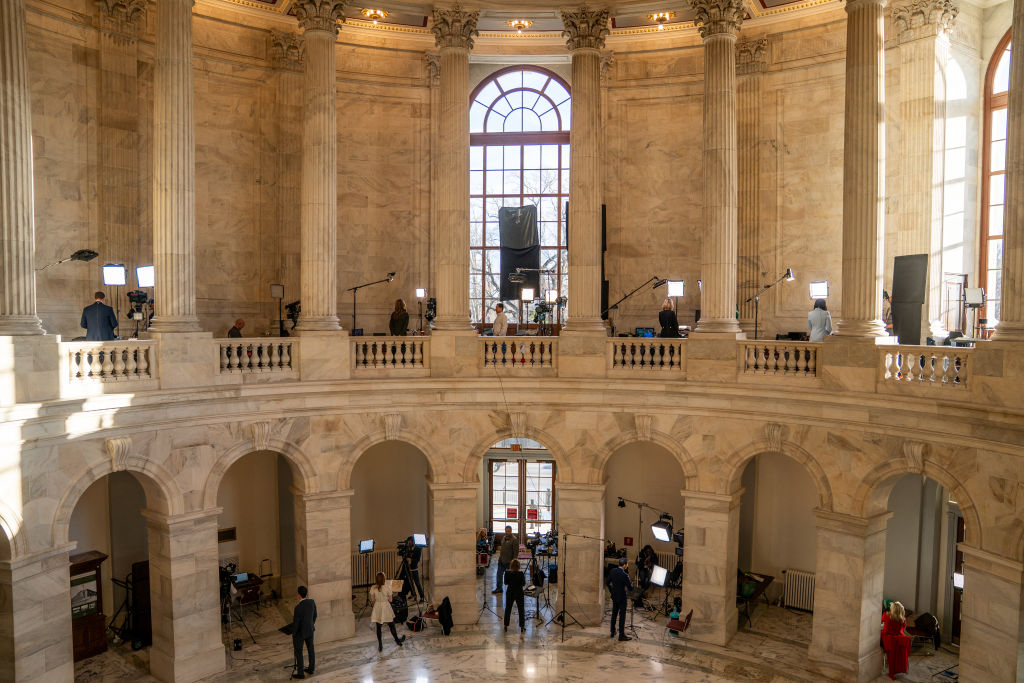

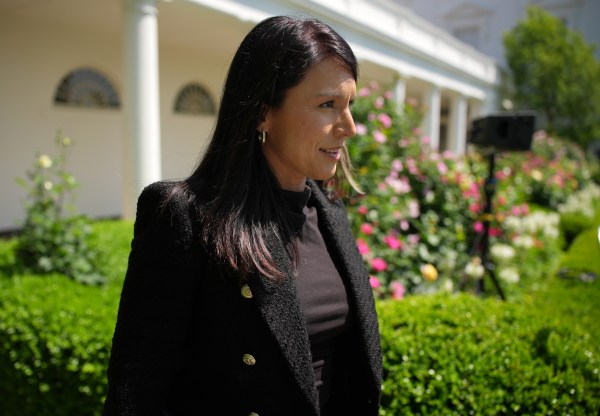

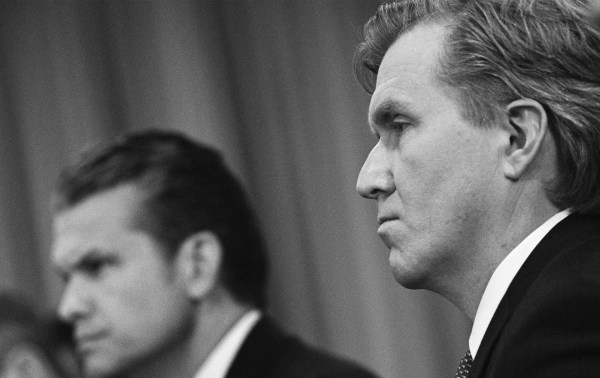
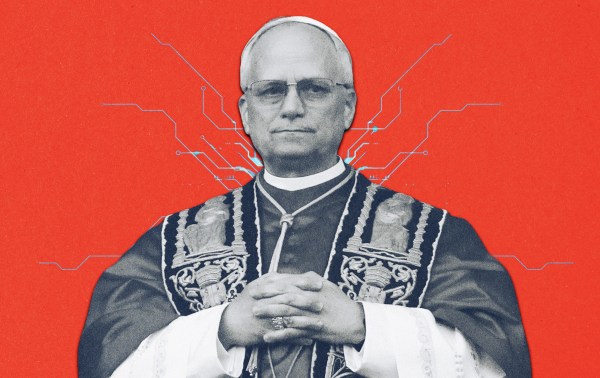
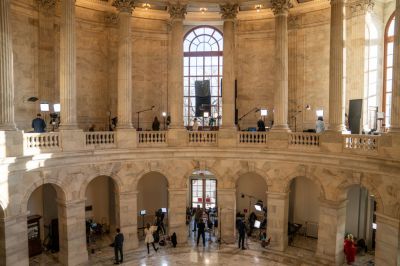
Please note that we at The Dispatch hold ourselves, our work, and our commenters to a higher standard than other places on the internet. We welcome comments that foster genuine debate or discussion—including comments critical of us or our work—but responses that include ad hominem attacks on fellow Dispatch members or are intended to stoke fear and anger may be moderated.
With your membership, you only have the ability to comment on The Morning Dispatch articles. Consider upgrading to join the conversation everywhere.